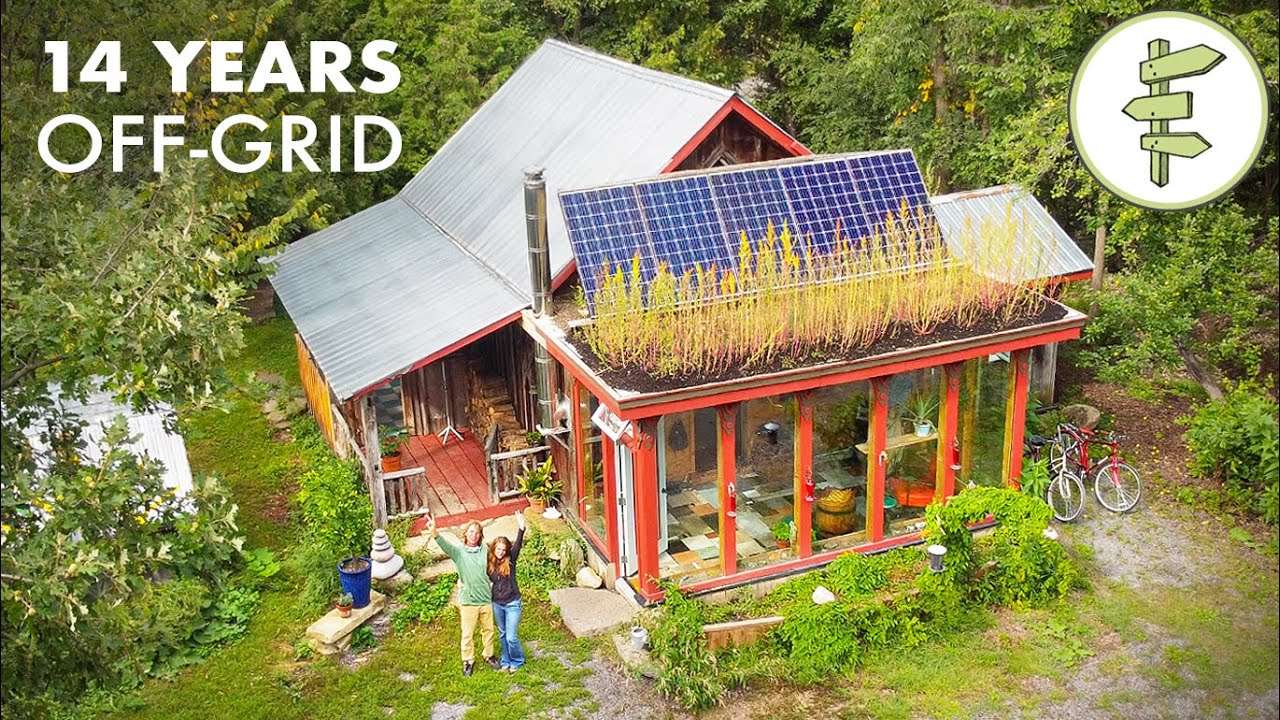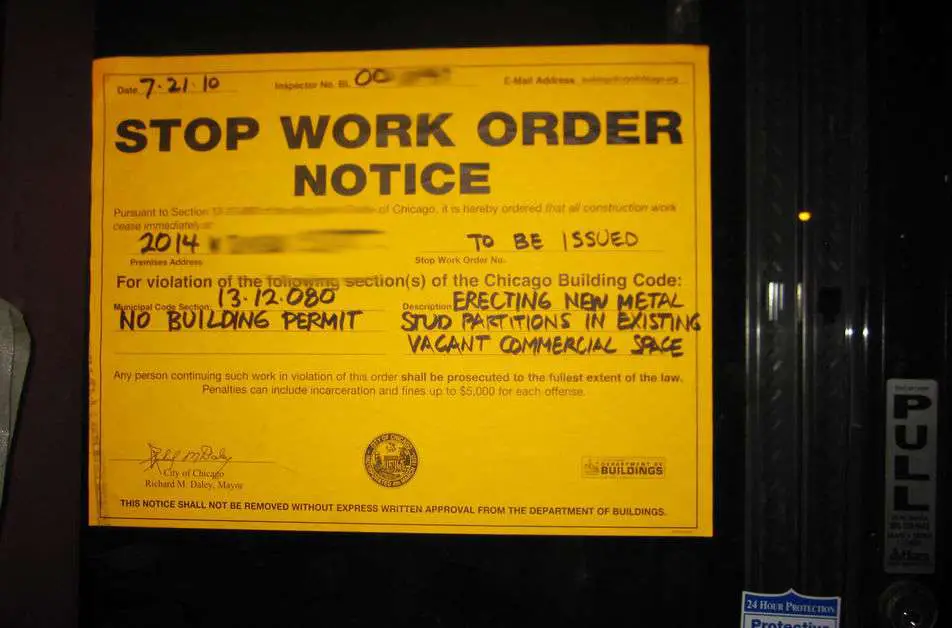In the realm of off-grid living, a pressing question lingers: how does one keep a shipping container off the ground? The significance of this query lies in its practical applications, for lifting a shipping container off the ground serves multiple purposes, ranging from preventing moisture damage to enhancing security. To unravel the mysteries behind this logistical challenge, we must explore the various methods and innovative solutions devised to elevate shipping containers, providing a foundation for a myriad of applications.

Overview of Shipping Containers
Shipping containers are large metal boxes used to transport goods across the globe. They are made of steel and are designed to withstand harsh weather conditions and secure the items inside during transportation. These containers come in various sizes and are widely used in the shipping industry. However, when it comes to using shipping containers for other purposes, such as storage or building structures, it is crucial to keep them off the ground to avoid potential issues like rust, corrosion, and structural damage.
Importance of Keeping Shipping Containers Off the Ground
Keeping shipping containers off the ground is essential for several reasons. First and foremost, it helps to prevent moisture buildup and condensation, which can lead to rust and corrosion of the container. By elevating the container, air can circulate underneath, reducing the chances of dampness and improving ventilation. Additionally, keeping the container off the ground provides a level and stable foundation, ensuring the structural integrity of the container and making it easier to access and utilize the space inside.
Foundation Options for Shipping Containers
There are several foundation options available for keeping shipping containers off the ground. Each option has its advantages and disadvantages, and the choice depends on factors such as site conditions, budget, and intended use of the container. Here are some commonly used foundation options:
Concrete Slab
A concrete slab is a popular choice for creating a solid and durable foundation for shipping containers. It provides a level surface and helps distribute the weight of the container evenly. To create a concrete slab foundation, a concrete pad is poured directly onto the ground, and the container is then placed on top of it. This option is suitable for long-term installations and permanent structures.
Piers or Footings
Piers or footings are individual supports placed strategically under the corners or along the length of the container. They can be made of concrete, steel, or other materials and are used to lift the container off the ground. Piers or footings are ideal for sites with uneven ground or poor soil conditions and offer flexibility in terms of adjusting the height and leveling the container.
Railroad Ties
Railroad ties, also known as sleepers, can be used as a cost-effective and readily available foundation option for shipping containers. These sturdy wooden beams are placed parallel to each other, forming a grid-like structure to support the container. Railroad ties offer good stability and can be adjusted to create a level surface even on uneven ground.
Gravel Bed
A gravel bed is a simple and inexpensive option for keeping shipping containers off the ground. It involves leveling the ground and spreading a thick layer of gravel or crushed stone to create a stable base for the container. Gravel provides good drainage, prevents moisture buildup, and offers some flexibility in terms of adjusting the height and positioning of the container.
Helical Piles
Helical piles, also known as screw piles, are long steel shafts with helical plates attached to them. These piles are screwed into the ground using specialized equipment, providing a stable foundation for the container. Helical piles are particularly suitable for sites with poor soil conditions, as they can penetrate deep into the ground to reach more stable soil layers.
Shipping Container Footings
Shipping container footings are specifically designed structures that are attached to the bottom of the container to provide support and stability. These footings can be made of concrete, steel, or other materials and are often used in combination with other foundation options. Shipping container footings offer flexibility in terms of adjusting the height of the container and can be easily removed if needed.
Advantages and Disadvantages of Each Foundation Option
Each foundation option for keeping shipping containers off the ground has its own set of advantages and disadvantages. Understanding these can help in making an informed decision based on individual requirements and site conditions. Let’s explore the pros and cons of each option:
Concrete Slab
Advantages:
- Provides a solid and stable foundation.
- Offers good weight distribution for the container.
- Suitable for long-term and permanent installations.
Disadvantages:
- Requires professional expertise for construction.
- Expensive compared to other options.
- Difficult to adjust or modify once in place.
Piers or Footings
Advantages:
- Provides flexibility in adjusting the height and leveling the container.
- Ideal for sites with uneven ground or poor soil conditions.
- Relatively cost-effective compared to a concrete slab.
Disadvantages:
- Requires accurate placement and leveling of the piers or footings.
- May require periodic adjustments and maintenance.
- Not suitable for high load-bearing applications.
Railroad Ties
Advantages:
- Cost-effective and readily available.
- Can be adjusted to create a level surface on uneven ground.
- Provides good stability and weight distribution.
Disadvantages:
- Susceptible to decay and deterioration over time.
- Requires regular maintenance and replacement.
- May not be suitable for long-term applications or heavy loads.
Gravel Bed
Advantages:
- Simple and inexpensive to install.
- Offers good drainage and prevents moisture buildup.
- Provides flexibility in adjusting the container’s position.
Disadvantages:
- May require additional measures for leveling the ground.
- Requires periodic maintenance to replenish the gravel.
- Not suitable for sites with poor drainage or high water tables.
Helical Piles
Advantages:
- Provides a stable foundation even in poor soil conditions.
- Easy to install and adjust with specialized equipment.
- Ideal for sites with soft or unstable soil.
Disadvantages:
- More expensive compared to some other options.
- Requires professional expertise and equipment for installation.
- May cause disturbance to the surrounding soil during installation.
Shipping Container Footings
Advantages:
- Offers flexibility in adjusting the container’s height and position.
- Can be easily removed or repositioned if needed.
- Provides additional stability and support to the container.
Disadvantages:
- Requires attaching footings to the container, which may require specialized equipment.
- May restrict the use of the container’s underside for certain applications.
- Additional cost and effort for installation and removal.
Assessing the Site and Soil Conditions
Before choosing the appropriate foundation option for keeping a shipping container off the ground, it is crucial to assess the site and soil conditions. Various factors can influence the selection of the foundation, ensuring its stability and longevity.
Sloping or Uneven Ground
If the site has uneven ground or significant slopes, certain foundation options like piers or footings, railroad ties, or adjustable support legs may be more suitable as they provide flexibility in leveling the container.
Soil Stability
The stability of the soil plays a vital role in determining the foundation option. If the soil is soft, loose, or prone to shifting, foundation options like helical piles or shipping container footings may provide more stability by penetrating deeper into more stable soil layers.
Drainage
Assessing the site’s drainage conditions is important as excessive moisture can be detrimental to the container’s longevity. If the site has poor drainage or a high water table, options like concrete slab or helical piles that allow for better drainage may be preferable.
Proximity to Water Sources
The distance of the site from water sources such as rivers, lakes, or oceans can affect the choice of foundation. Sites near water sources may have higher moisture levels, requiring foundations that provide better drainage and rust-resistant materials.
Preparing the Ground for the Foundation Option
Once the appropriate foundation option is chosen, preparing the ground becomes crucial to ensure a stable and long-lasting foundation for the shipping container. Here are some steps to follow in preparing the ground:
Clearing the Area
Before starting any foundation construction, clear the area of any debris, vegetation, or obstacles that may hinder the installation process. This ensures a clean and leveled surface to work on.
Leveling the Ground
Leveling the ground is essential to create a stable and even foundation. Use tools such as a shovel, rake, or a laser level to ensure the ground is flat and properly graded to accommodate the chosen foundation option.
Compacting the Soil
Compacting the soil helps to increase its density, stability, and load-bearing capacity. Use a compactor machine or hand tamp to compress the soil, ensuring it is firm and uniform throughout the area where the foundation will be placed.
Adding Drainage Measures
Depending on the site’s drainage conditions, additional measures may be necessary to improve water flow and prevent moisture buildup. This can include installing French drains, directing water away from the foundation, or creating a gradient to ensure proper runoff.

Step-by-Step Guide to Keeping a Shipping Container off the Ground
To keep a shipping container off the ground, follow these step-by-step instructions:
Selecting the Suitable Foundation Option
Based on the site assessment and individual requirements, choose the most appropriate foundation option for keeping the shipping container off the ground.
Gathering the Necessary Tools and Materials
Collect all the tools and materials required for the chosen foundation option, such as concrete, steel beams, helical piles, gravel, or adjustable support legs. Ensure that all necessary equipment is readily available.
Preparing the Ground
Clear the area of any debris or obstacles. Level the ground and compact the soil to create a stable base for the foundation. Consider adding drainage measures if necessary.
Building the Foundation
Follow the specific instructions for the chosen foundation option to construct the foundation. This could involve pouring concrete for a slab, installing piers or footings, laying out railroad ties, driving helical piles, or attaching shipping container footings.
Placing the Shipping Container on the Foundation
Once the foundation is complete and has been allowed to cure or settle if required, carefully position and place the shipping container onto the foundation. Ensure that the container is level and secure.
Additional Tips and Safety Measures
To ensure the stability and longevity of the foundation and the shipping container, consider the following additional tips and safety measures:
Securing the Foundation to Prevent Shifting
Depending on the foundation option chosen, it may be necessary to secure the foundation to prevent shifting or movement. This can be done by using anchor bolts, steel cables, or braces to attach the container to the foundation.
Regularly Inspecting and Maintaining the Foundation
Perform regular inspections of the foundation to look for signs of wear, settlement, or damage. Address any issues promptly to prevent further deterioration. Regular maintenance can include cleaning, sealing, and repairing any cracks or damages.
Ensuring Proper Ventilation and Moisture Management
Proper ventilation is crucial to prevent condensation and moisture buildup inside the shipping container. Consider installing vents, insulation, or dehumidifiers to maintain optimal humidity levels and air circulation.
Creative and Alternative Ideas for Keeping Shipping Containers off the Ground
While the foundation options mentioned above are commonly used, there are also creative and alternative ideas to explore for keeping shipping containers off the ground. Here are some examples:
Stacking Containers
Stacking containers on top of each other can create a multilevel structure, providing additional space without the need for extensive ground preparation. Stacking containers require professional engineering and reinforcing to ensure stability and safety.
Building a Raised Platform
Constructing a raised platform using materials like concrete or steel beams can elevate the container and provide additional storage space underneath. This option requires proper structural design and construction to ensure stability and load-bearing capacity.
Using Adjustable Support Legs
Adjustable support legs, similar to those used for modular houses, can be attached at the corners of the container to provide height adjustment and stability. These legs can be easily adjusted to accommodate uneven ground or changing requirements.
Utilizing Gabion Baskets
Gabion baskets, typically made of wire mesh filled with stones or rocks, can be stacked and used as a foundation for shipping containers. This creative and eco-friendly option provides stability, drainage, and aesthetic appeal.
Incorporating Natural Elements
By integrating natural elements, such as landscaping, plants, or terracing, the container can be visually and functionally integrated into its surroundings. This option allows for a harmonious blend of the container with the natural environment.
Conclusion
Keeping shipping containers off the ground is crucial to prevent rust, corrosion, and structural damage. Various foundation options are available, each with its own advantages and disadvantages. Assessing the site and soil conditions, preparing the ground properly, and following a step-by-step guide are essential for a successful installation. By considering additional tips, safety measures, and exploring creative alternatives, it is possible to create a stable and long-lasting foundation for shipping containers, unlocking their full potential for various applications.




